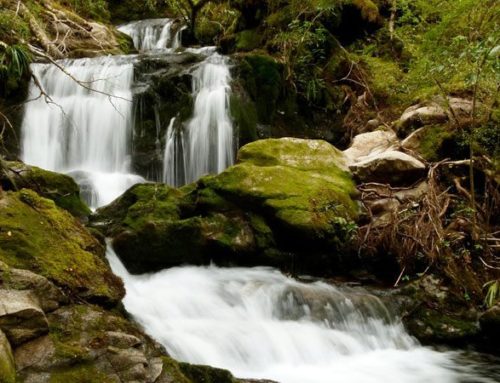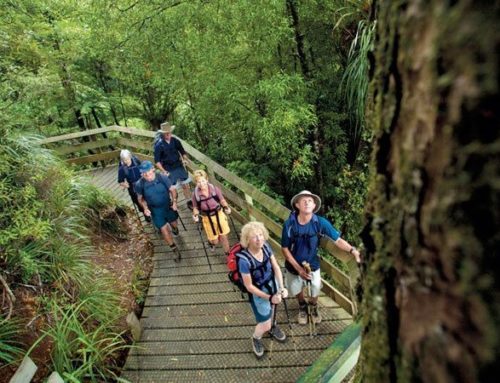
The Northland Forest Park comprises 17 forests containing 85% of all the Kauri trees remaining in this country. The magnificent, tall, straight, knot-free kauri was one of the great inducements for settlement of these far-flung islands in the Pacific. Kauri was used by Maori to fashion war canoes, and by the British Navy for masts and spars. It was pit-sawn for settler’s homes and provided valuable kauri gum. The trees are comparable in age and volume to the tallest trees in the world, the giant sequoias of California.
The ‘Kauri Coast’ is reached by turning off S.H.1, north of Wellsford, travelling to Dargaville and then towards Hokianga Harbour. Be sure to visit Matakohe Kauri Museum on the way to gain an appreciation of the fascinating history of the kauri industry.
The park is widely spread along the coast from Tangihua forest east of Dargaville to Herekino forest, south of Kaitaia. The main focus of attention is on the superb Waipoua Kauri Forest. Here untouched kauri groves are accessible from S.H.12. The first group comprises ‘Te Matua Ngahere’ (The Father of the Forest), which has a 5 metre girth and is possibly 4,000 years old, and also the ‘Four Sisters” and ‘Yakas Tree’. Further up the road is ‘Tane Mahuta’, named for the Maori god of the forests, and the largest tree in New Zealand. Two other important forest sanctuaries are the Trounson Kauri Park, north of Dargaville and Puketi Forest near Kerikeri.
Enjoy these magnificent forests and the cultural heritage of the Kauri Coast. The giant kauris inspire a sense of awe and respect for their size and antiquity. Their massive trunks and towering canopies are an unforgettable sight.







Leave A Comment